I have vertex Coordinates of Left and Right side of the road (Shown as green and black points). My terrain is an array which corners of squares represent a different height value. I was drawing my road by just giving interpolated heights to my each vertex but that doesn't give correct result (road doesn't overlap with the terrain)
Question : Is there a way in opengl that I can draw this road properly? Or I have to calculate all the intersections(blue dots) manually and tessellate my road?

**Edit:**This is the result if I just give each vertex an interpolated height. As seen because of height map some parts remain under terrain.

